What is the relationship between JMB and PFI?

Recently Indian government banned one of the Muslim organizations named Popular Front of India (PFI). After banning PFI, new discussion and question has raised there. Indian government explained that PFI had close relations and collusion with the militant organization JMB or Jamaatul Mujahideen of Bangladesh.
This issue has confused many. Because the JMB has been banned in Bangladesh for a long time and they also banned in India in 2019. In Bangladesh it is considered that JMB already extinct. Still, as usual, the question has been raised about the connection between the PFI and the JMB.
As part of the Ministry of Home Affairs' gazette notification, a complete file has been prepared by the NIA (National Investigation Agency), India's top anti-terrorism agency.
These are: -
a) After banning JMB in Bangladesh the security forces cracked down on its activists, and they found that many members of the organization fled to neighboring India. Many of them take refuge in Muslim-majority areas of Assam, West Bengal, Jharkhand and even faraway Karnataka.
b) After reaching in India the JMB members gradually start their activities with aim of building 'Jamaatul Mujahideen Hindustan'. But they did the entire task very silently. They were mainly raising funds and selecting and recruiting 'vulnerable' youth from within the Muslim community. For doing work JMB chose local Islamic institutions like madrasas and mosques and social media for this work.
c) The National Investigation Agency document also says that training of Indian recruits in weapons also continued. They also trained cadres for bomb making. Training was given on how to deal with the enemy by making indigenous weapons like bow and arrow. In Jharkhand several camps of JMB has found.
d) In 2014 the organization came to light because of the involvement with Burdwan blast. That time a massive action against them was launched across West Bengal and Assam and more than 50 JMB members were arrested. Many JMB bomb-making 'factories' and powerful bombs were also discovered in that time.
e) Following NIA information, it was at this stage that JMB's closeness with PFI began. PFI however was formed much earlier (2006) by the amalgamation of three Muslim organizations in Kerala. After around ten years, their network gradually spread across India. Many members and cadres of the JMB then became members of the PFI or took refuge under its umbrella to avoid arrest.
f) PFI identifies itself primarily as a socio-political organization, which agitates on various issues related to the interests of Indian Muslims. Along with doing social service work, ex-JMB members gradually got involved in that too. The National Investigation Agency document says that even in the big relief operation carried out by the PFI in Assam's devastating floods this year; many of its relief workers in Bengali-speaking areas of the state were former members of the JMB.
India's National Investigation Agency has pointed out such instances as evidence of the deep relationship between PFI and JMB. They are even claiming that Pakistan-based Lashkar-e-Taiba was also linked to PFI through JMB. They claimed that Pakistan's Lashkar had been in contact with Bangladesh's JMB for long time.
Last month, the National Investigation Agency filed a charge sheet against six suspected militants in a special court in Bhopal, the capital of Madhya Pradesh. NIA found that all of them were JMB members. According to the charge sheet, they were involved in a conspiracy to carry out sabotage in India.
Finally in the charge sheet of NIA, it has practically been accepted that JMB has not been abolished from India. Not only that, India also recognized that JMB were making them increasingly strong by joining hands with the PFI.
Source: www.bangladeshlivenews.com
Comments
Gold prices hitting record high, breaks all records
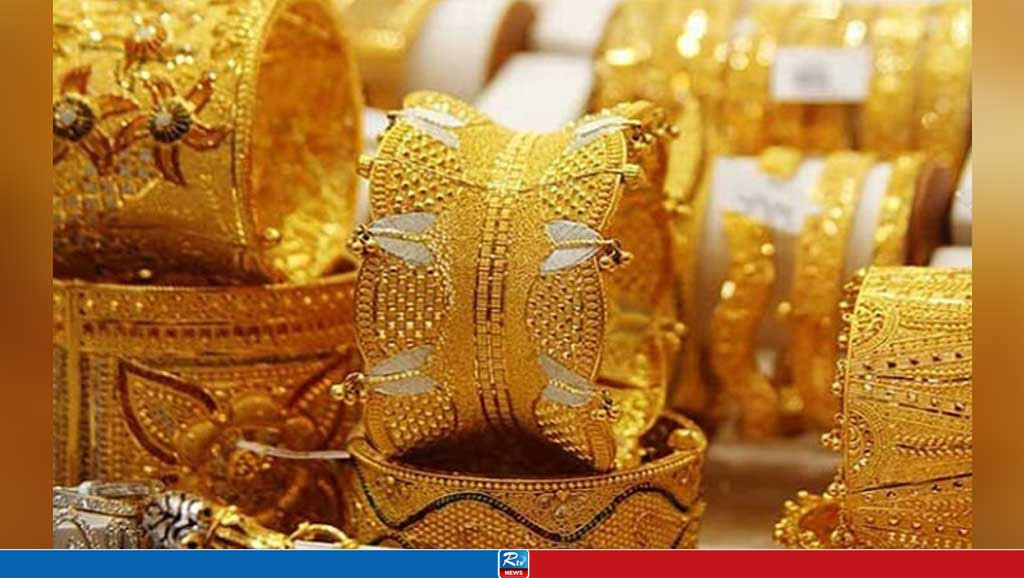
Eid shopping reaches its peak

Brazil to help Bangladesh for BRICS membership
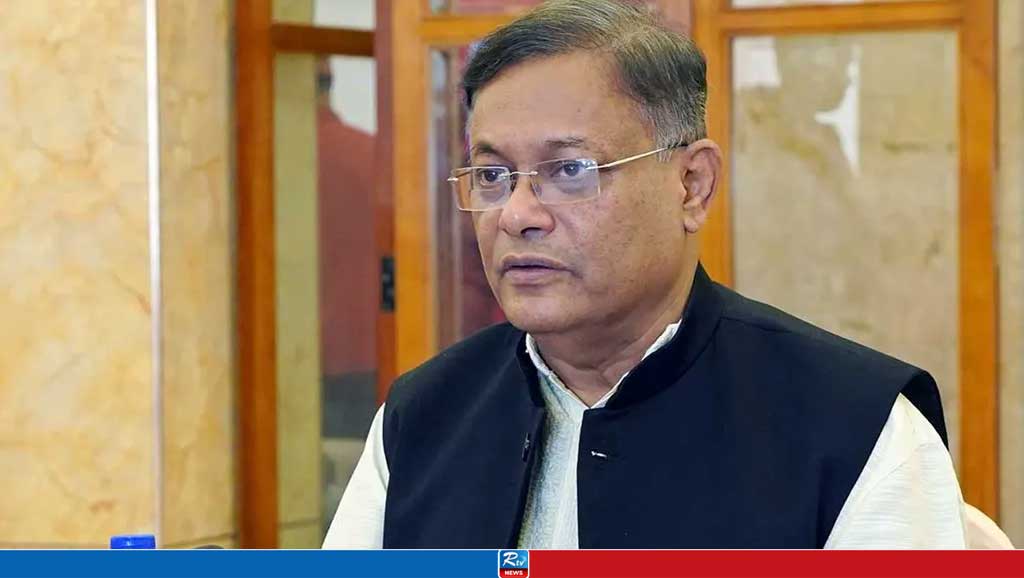
More than 2m SIM card holders left the capital in 2 days
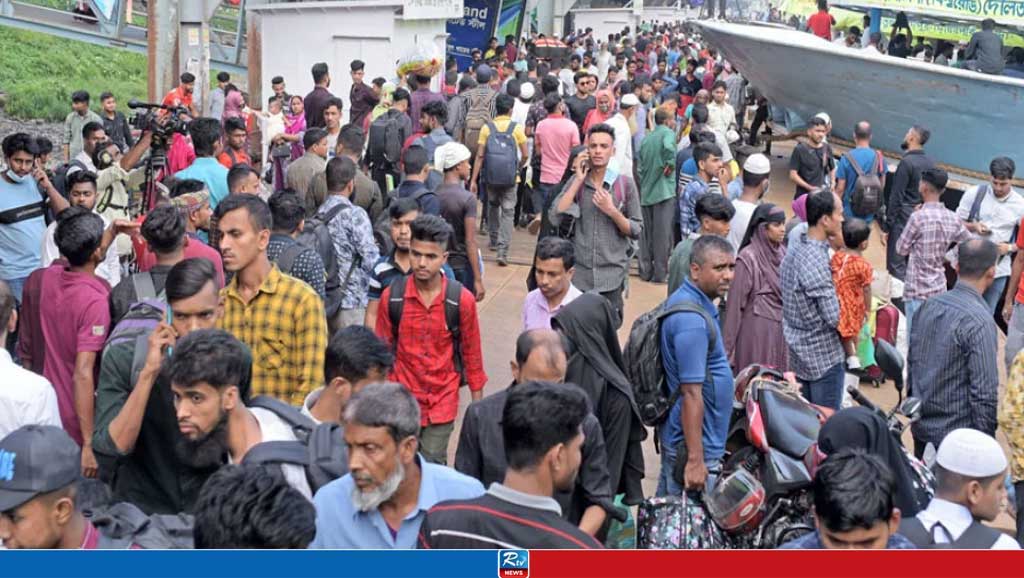
Moon not sighted, Eid on Thursday
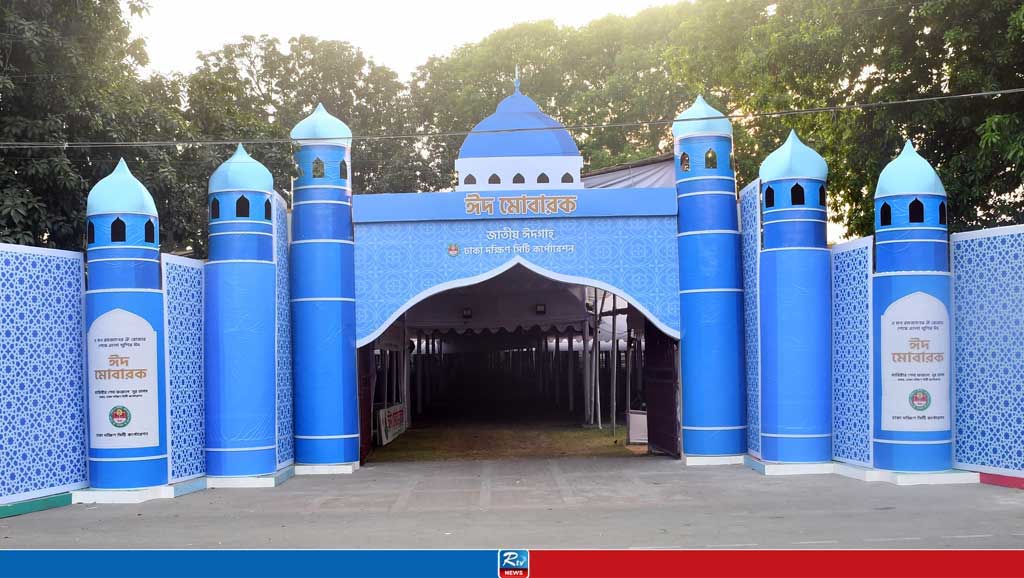
16 lives lost in road crash across country
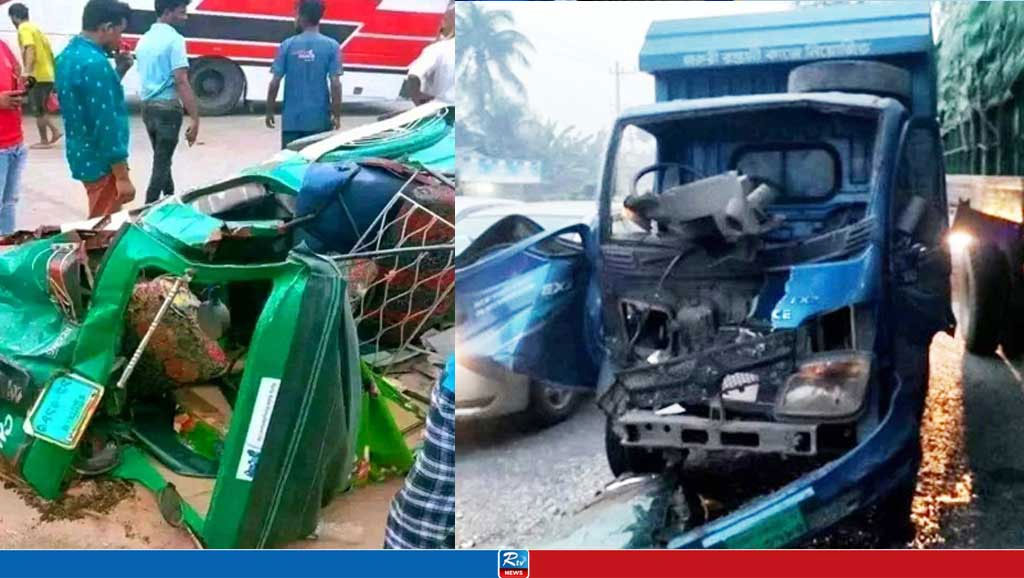
Metro Rail to remain closed for 2 days during Eid


 Live Tv
Live Tv
